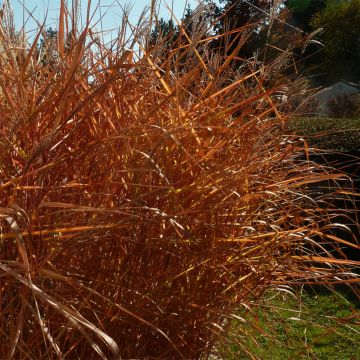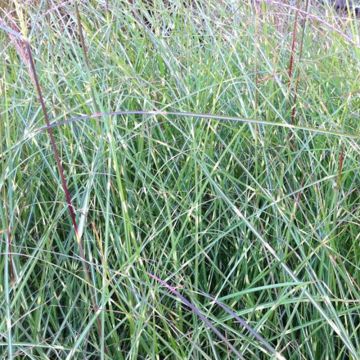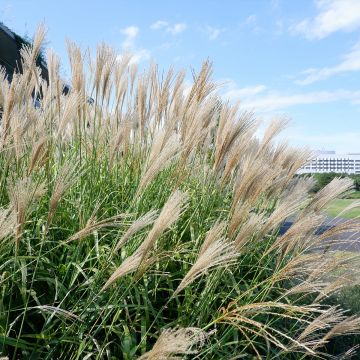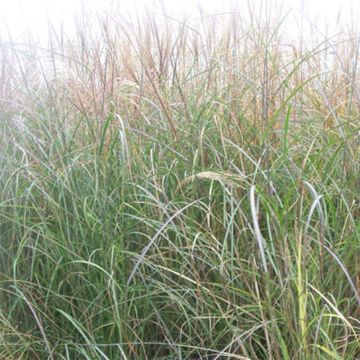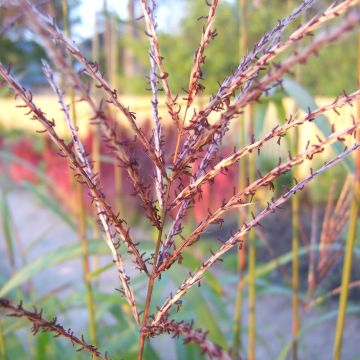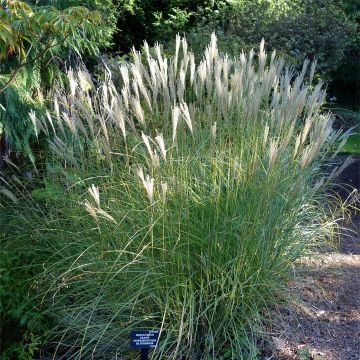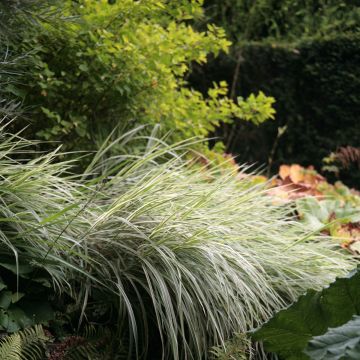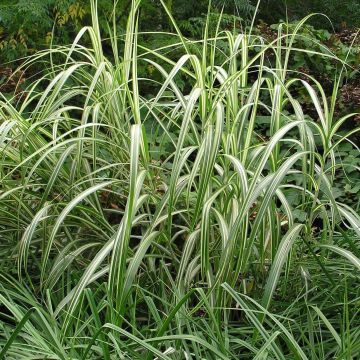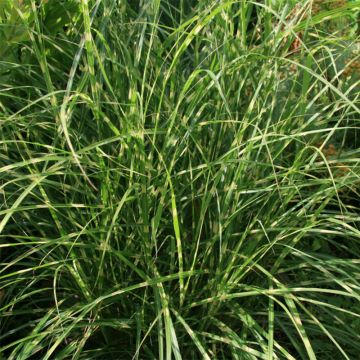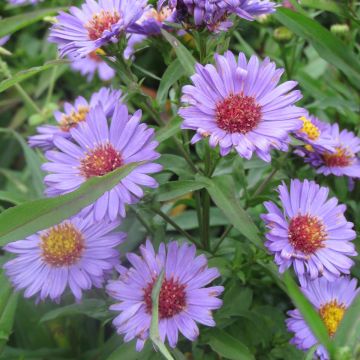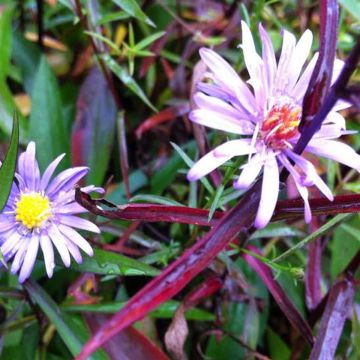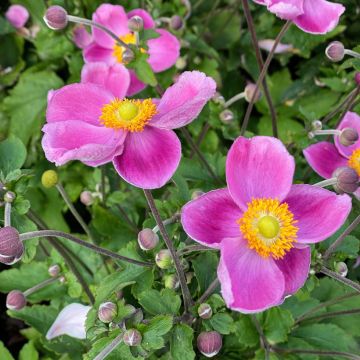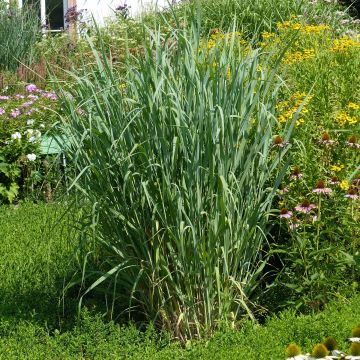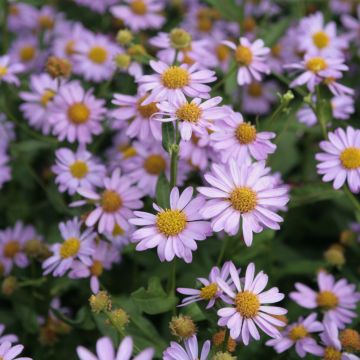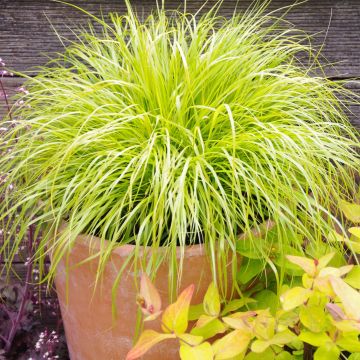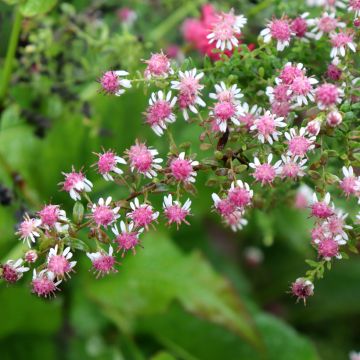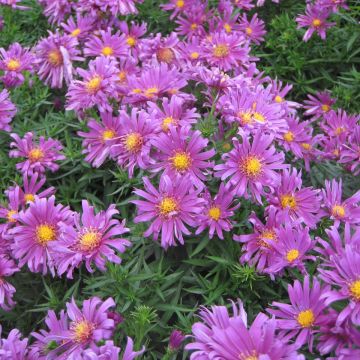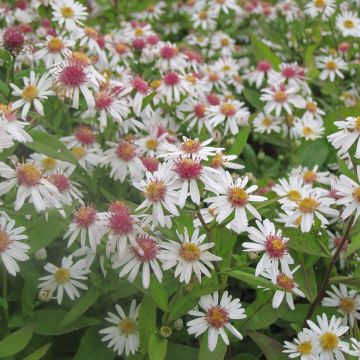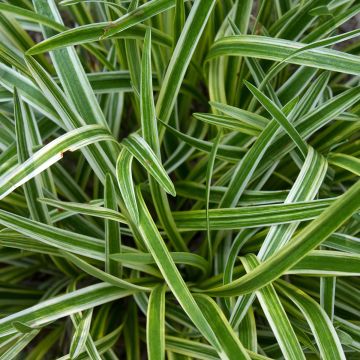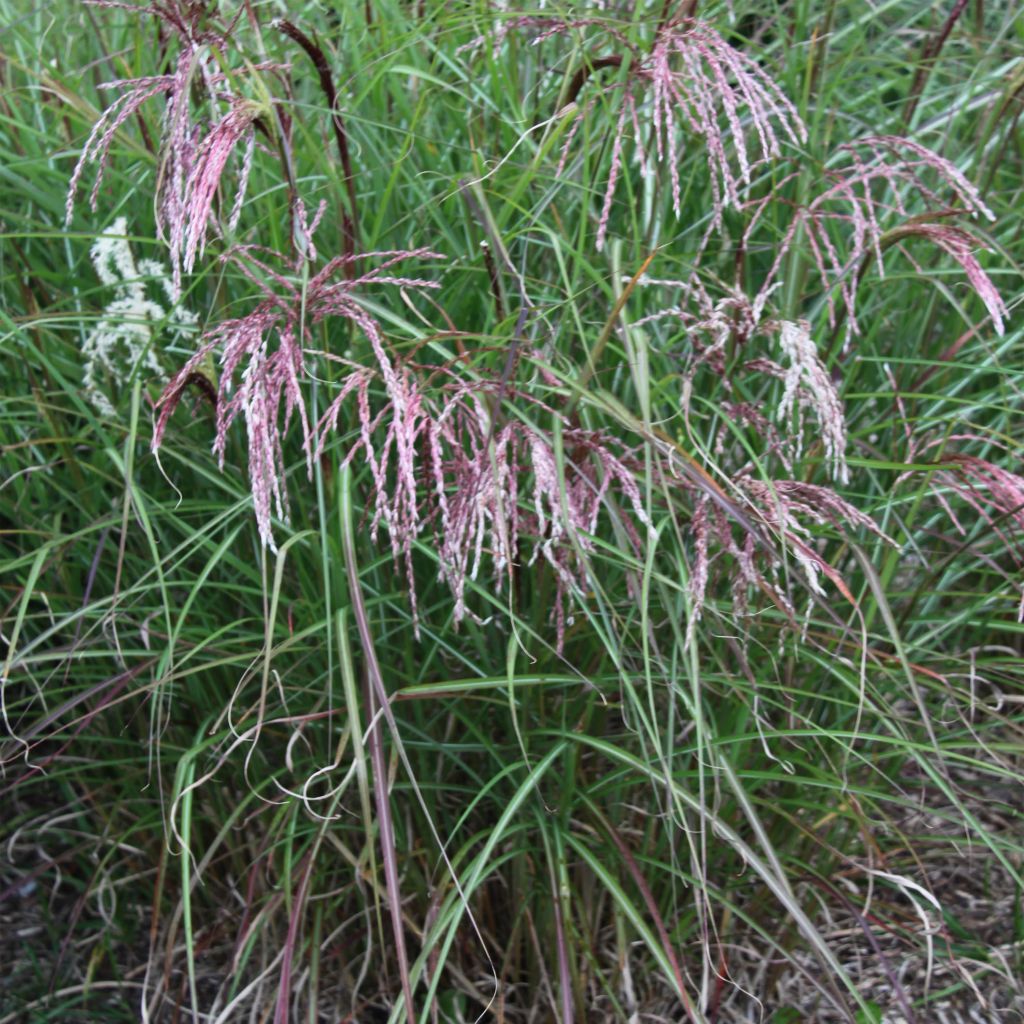

Miscanthus sinensis Kaskade - Silvergrass
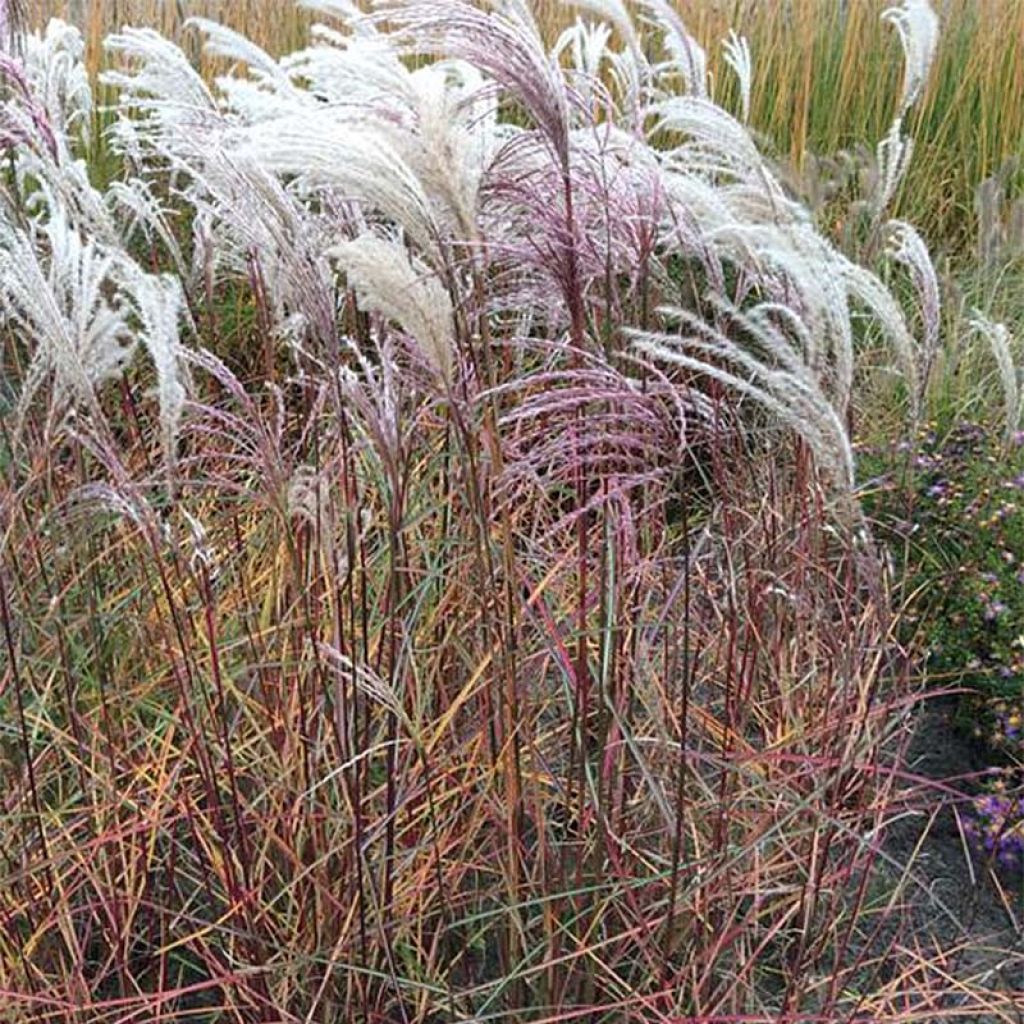

Miscanthus sinensis Kaskade - Silvergrass
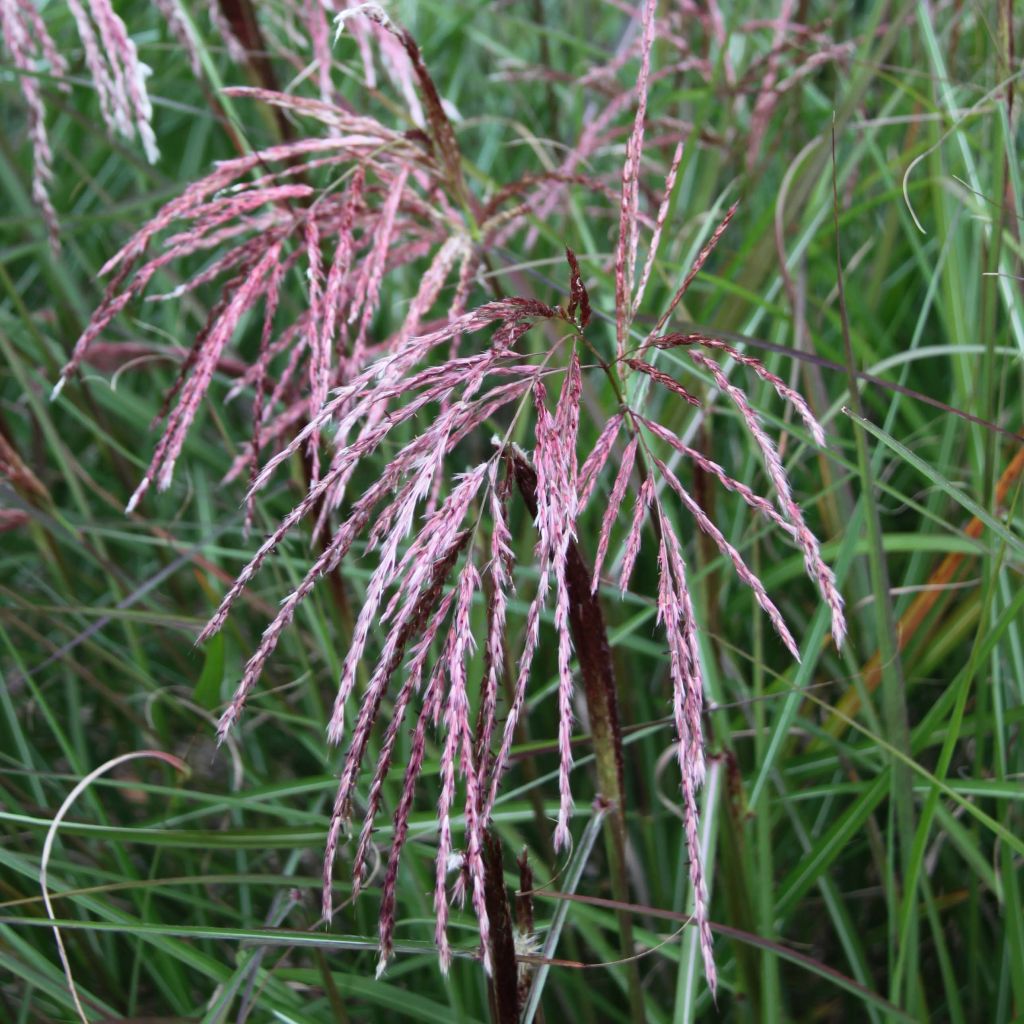

Miscanthus sinensis Kaskade - Silvergrass
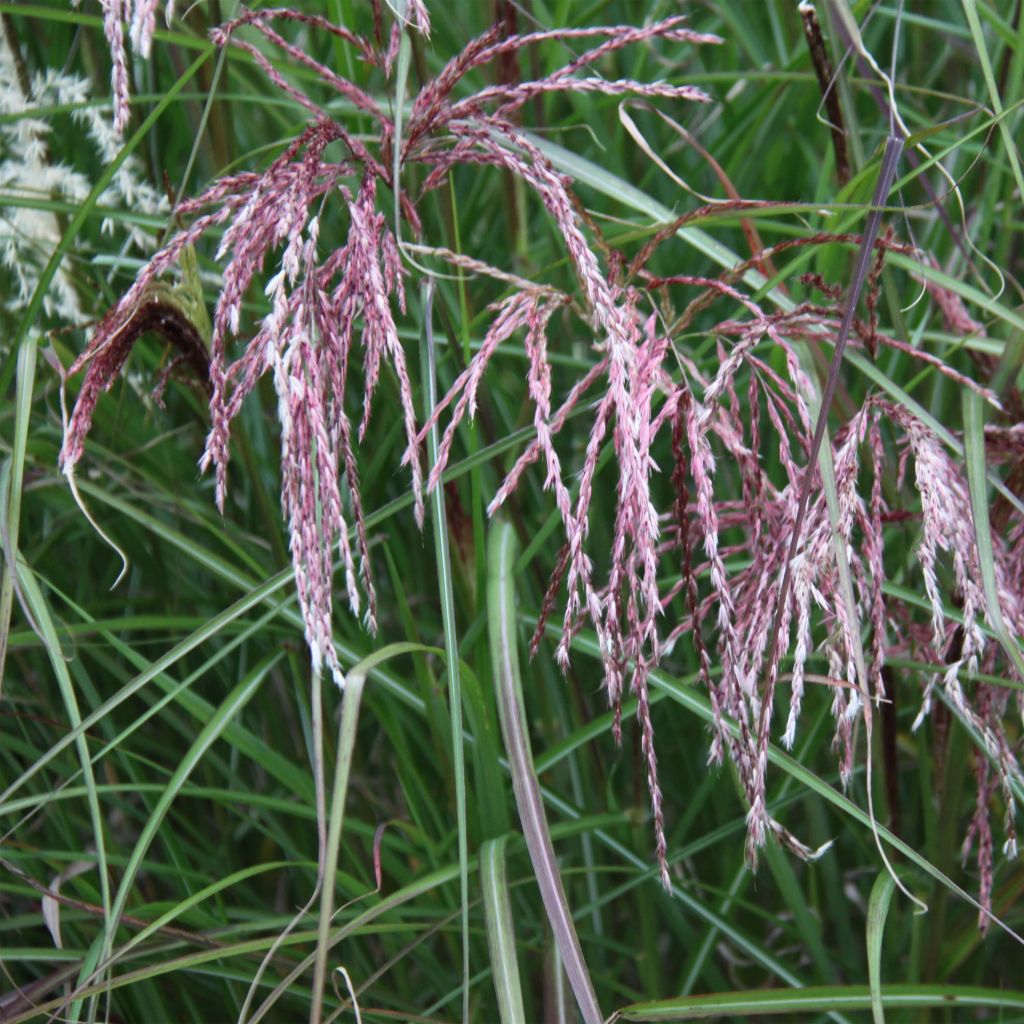

Miscanthus sinensis Kaskade - Silvergrass
Miscanthus sinensis Kaskade - Silvergrass
Miscanthus sinensis Kaskade
Eulalia, Porcupine Grass, Chinese silver Grass, Maiden Grass, Zebra Grass, Susuki Grass
This item cannot be shipped to the selected country
Delivery charge from €5.90
Delivery charge from €5.90
More information
Schedule delivery date,
and select date in basket
This plant carries a 12 months recovery warranty
More information
We guarantee the quality of our plants for a full growing cycle, and will replace at our expense any plant that fails to recover under normal climatic and planting conditions.
From €5.90 for pickup delivery and €6.90 for home delivery
Express home delivery from €8.90.
From €5.90 for pickup delivery and €6.90 for home delivery
Express home delivery from €8.90.
Does this plant fit my garden?
Set up your Plantfit profile →
Description
Miscanthus sinensis 'Kaskade' is a new variety of eulalia, named for the beautifully cascading aspect of its wonderful flowering, which is rather early for a miscanthus. This Chinese reed bears loose and trailing inflorescences ranging from pearly pink to white. It is both charming and elegant in large beds or in a contemporary setting. The flowers bloom from August, crowning a tuft of long green leaves that take on lovely copper tones towards the end of the season. 'Kaskade' brings lightness and poetry to the garden, even during winter. This ornamental grass is easy to grow in the sun, in any soil that is not too dry.
'Kaskade', selected in Germany by Ernst Pagel, belongs to the Poaceae family. It is one of the many horticultural forms derived from Miscanthus sinensis, native to East Asia and Oceania. This perennial grass with short rhizomes develops in a non-spreading clump. It is tufted and non-invasive. With a flexible and upright habit, 'Kaskade' reaches about 1.6 to 1.8m (5 to 6ft) in flower, with a spread of 60 to 70cm (24 to 28in). The leaves are 10 to 12mm (1in) wide, very long, and flexible. They are green in colour until the end of summer, and are crossed by a pale-coloured vein. They may take on copper tones in October-November, before drying out in winter. Long floral stems emerge from the foliage in the second half of summer, in the form of long silky, curving digitate spikes, which are pale-pink when blooming. As they fade, they take on a beautiful pearly white colour, which is very bright. The plumes are made up of tiny pink flowers that close slightly, then reopen when mature. They then have a paler and fluffier appearance.
This eulalia has deciduous foliage, but remains decorative for much of winter. It is ideal for the background of large beds, to which its strong presence brings structure and grace. It is suitable for wild gardens and contemplative gardeners. Place it among tall asters, in the company of perennial sunflowers or 'Buenos Aires' verbenas. Watch it grow and thicken, play with the wind and the low autumn light, and bend under rain showers. It also has its place in modern gardens with clean lines, in the company of dwarf bamboos, for example. These grasses bring volume and texture to perennial beds, lightening their blooms. In an urban setting, Miscanthus 'Kaskade' will soften concrete structures. Growing in large containers is also highly recommended, allowing for elegant and sober decoration of patios or balconies.
Report an error about the product description
Miscanthus sinensis Kaskade - Silvergrass in pictures
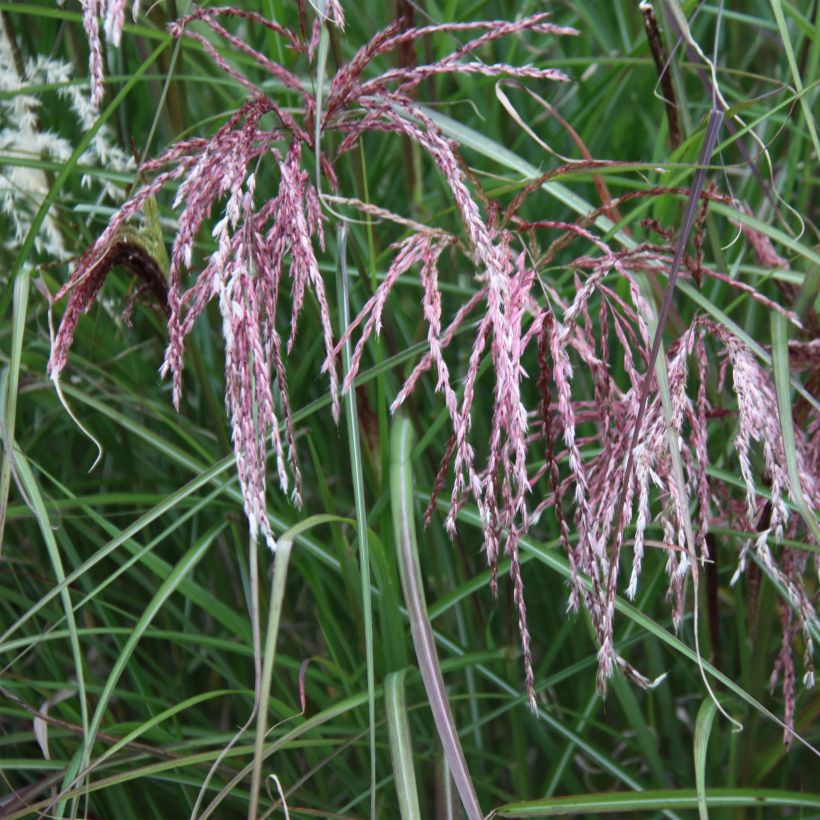

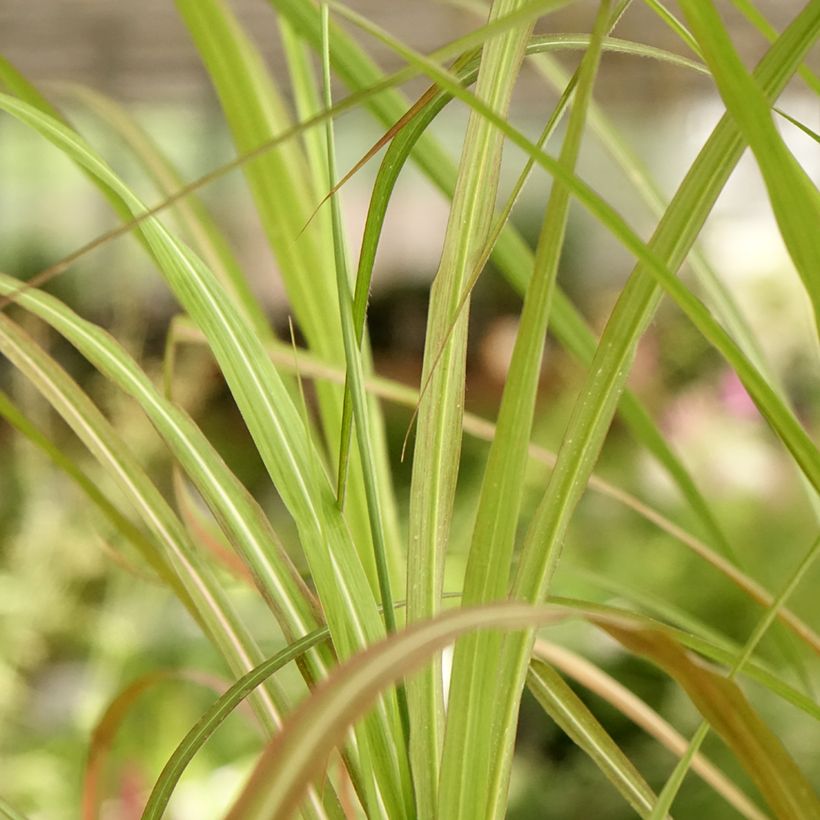

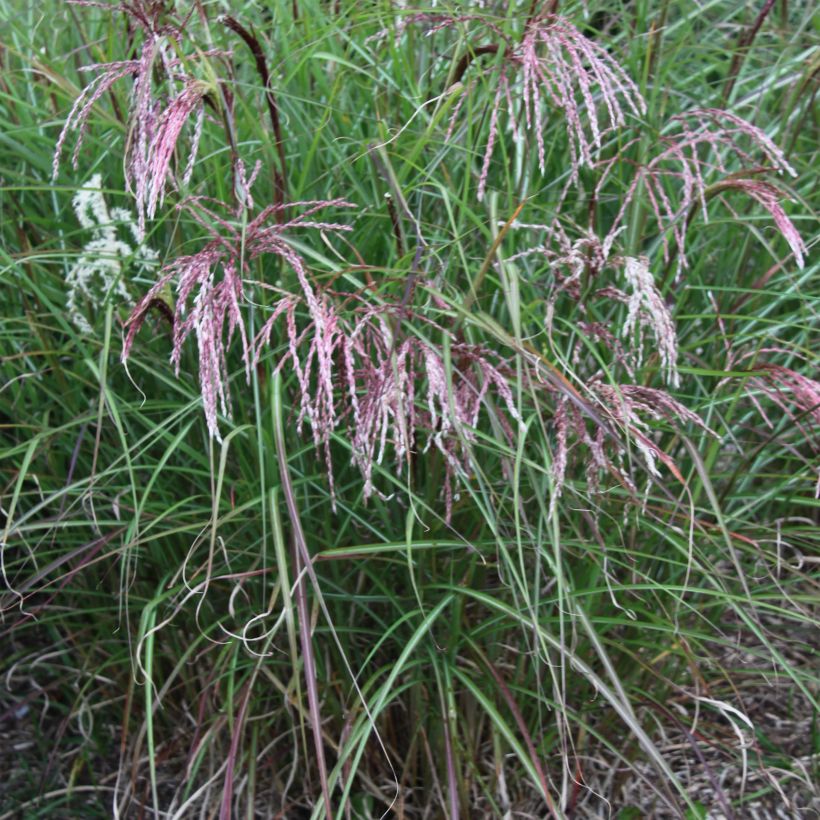

Flowering
Foliage
Plant habit
Botanical data
Miscanthus
sinensis
Kaskade
Poaceae
Eulalia, Porcupine Grass, Chinese silver Grass, Maiden Grass, Zebra Grass, Susuki Grass
Cultivar or hybrid
Other Miscanthus
Planting and care
Miscanthus sinensis 'Kaskade' prefers warm exposures and fairly rich, deep, well-drained soil that remains moist in summer. This plant tolerates occasional drought if the soil is deep. It can cope with poor soils, but it will be less spectacular. Cut back the foliage to ground level in early spring, after the strongest frosts have passed. For container planting, choose a large pot (minimum 30L) filled with a fertile, well-draining and flexible growing medium. A mixture composed of 20% good garden soil, 20% drainage elements (pumice or gravel or coarse river sand), and 60% horticultural compost is ideal. Apply well-decomposed compost once or twice a year (end of winter and autumn) or slow-release fertiliser.
Planting period
Intended location
Care
-
, onOrder confirmed
Reply from on Promesse de fleurs
Late flowering perennials
Haven't found what you were looking for?
Hardiness is the lowest winter temperature a plant can endure without suffering serious damage or even dying. However, hardiness is affected by location (a sheltered area, such as a patio), protection (winter cover) and soil type (hardiness is improved by well-drained soil).

Photo Sharing Terms & Conditions
In order to encourage gardeners to interact and share their experiences, Promesse de fleurs offers various media enabling content to be uploaded onto its Site - in particular via the ‘Photo sharing’ module.
The User agrees to refrain from:
- Posting any content that is illegal, prejudicial, insulting, racist, inciteful to hatred, revisionist, contrary to public decency, that infringes on privacy or on the privacy rights of third parties, in particular the publicity rights of persons and goods, intellectual property rights, or the right to privacy.
- Submitting content on behalf of a third party;
- Impersonate the identity of a third party and/or publish any personal information about a third party;
In general, the User undertakes to refrain from any unethical behaviour.
All Content (in particular text, comments, files, images, photos, videos, creative works, etc.), which may be subject to property or intellectual property rights, image or other private rights, shall remain the property of the User, subject to the limited rights granted by the terms of the licence granted by Promesse de fleurs as stated below. Users are at liberty to publish or not to publish such Content on the Site, notably via the ‘Photo Sharing’ facility, and accept that this Content shall be made public and freely accessible, notably on the Internet.
Users further acknowledge, undertake to have ,and guarantee that they hold all necessary rights and permissions to publish such material on the Site, in particular with regard to the legislation in force pertaining to any privacy, property, intellectual property, image, or contractual rights, or rights of any other nature. By publishing such Content on the Site, Users acknowledge accepting full liability as publishers of the Content within the meaning of the law, and grant Promesse de fleurs, free of charge, an inclusive, worldwide licence for the said Content for the entire duration of its publication, including all reproduction, representation, up/downloading, displaying, performing, transmission, and storage rights.
Users also grant permission for their name to be linked to the Content and accept that this link may not always be made available.
By engaging in posting material, Users consent to their Content becoming automatically accessible on the Internet, in particular on other sites and/or blogs and/or web pages of the Promesse de fleurs site, including in particular social pages and the Promesse de fleurs catalogue.
Users may secure the removal of entrusted content free of charge by issuing a simple request via our contact form.
The flowering period indicated on our website applies to countries and regions located in USDA zone 8 (France, the United Kingdom, Ireland, the Netherlands, etc.)
It will vary according to where you live:
- In zones 9 to 10 (Italy, Spain, Greece, etc.), flowering will occur about 2 to 4 weeks earlier.
- In zones 6 to 7 (Germany, Poland, Slovenia, and lower mountainous regions), flowering will be delayed by 2 to 3 weeks.
- In zone 5 (Central Europe, Scandinavia), blooming will be delayed by 3 to 5 weeks.
In temperate climates, pruning of spring-flowering shrubs (forsythia, spireas, etc.) should be done just after flowering.
Pruning of summer-flowering shrubs (Indian Lilac, Perovskia, etc.) can be done in winter or spring.
In cold regions as well as with frost-sensitive plants, avoid pruning too early when severe frosts may still occur.
The planting period indicated on our website applies to countries and regions located in USDA zone 8 (France, United Kingdom, Ireland, Netherlands).
It will vary according to where you live:
- In Mediterranean zones (Marseille, Madrid, Milan, etc.), autumn and winter are the best planting periods.
- In continental zones (Strasbourg, Munich, Vienna, etc.), delay planting by 2 to 3 weeks in spring and bring it forward by 2 to 4 weeks in autumn.
- In mountainous regions (the Alps, Pyrenees, Carpathians, etc.), it is best to plant in late spring (May-June) or late summer (August-September).
The harvesting period indicated on our website applies to countries and regions in USDA zone 8 (France, England, Ireland, the Netherlands).
In colder areas (Scandinavia, Poland, Austria...) fruit and vegetable harvests are likely to be delayed by 3-4 weeks.
In warmer areas (Italy, Spain, Greece, etc.), harvesting will probably take place earlier, depending on weather conditions.
The sowing periods indicated on our website apply to countries and regions within USDA Zone 8 (France, UK, Ireland, Netherlands).
In colder areas (Scandinavia, Poland, Austria...), delay any outdoor sowing by 3-4 weeks, or sow under glass.
In warmer climes (Italy, Spain, Greece, etc.), bring outdoor sowing forward by a few weeks.

































